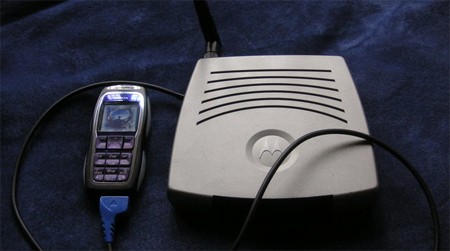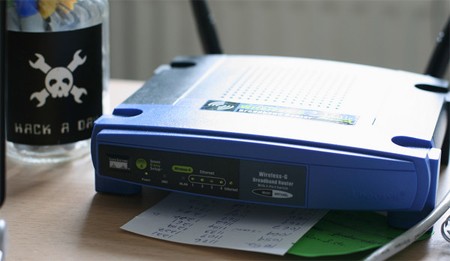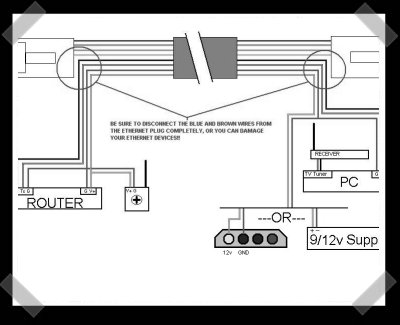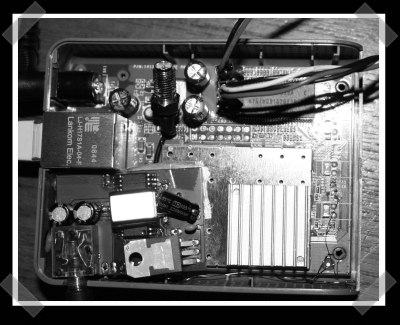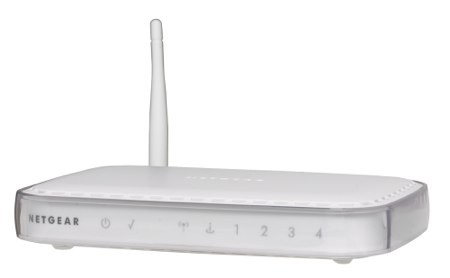
Netgear recently launched the WGR614L wireless router targeted specifically at open source firmware enthusiasts. It can use Tomato, DD-WRT, and soon OpenWRT. The core is a 240MHz MIPS processor with 16MB of flash and 4MB of RAM. You’ll probably remember when Linksys decided to dump Linux from their iconic WRT54G line in favor of VxWorks; they released the similarly speced WRT54GL for enthusiasts. Netgear seems to be arriving pretty late in the game, but they’ve set up a community specifically for this router. Time will tell whether community support is enough to make this the router of choice for hackers. We wish someone would release an x86 based router in the same price range just to make porting stupidly simple.
[via Slashdot]

